Kunstinäitus: The language and Dialogue of Art

Kunstinäitus Tartu Salemi baptistikoguduses! 
Näituse avamine toimub 01. aprillil kell 18. Näitust saab külastada Salemi koguduses jaanipäevani kiriku lahtiolekuaegadel.
Näituse avamine toimub 01. aprillil kell 18. Näitust saab külastada Salemi koguduses jaanipäevani kiriku lahtiolekuaegadel.
Näitusel olevatest litograafiatest on osa müügis.
Ivana tutvustus oma tööde kohta :
:
The exhibition includes biblical lithographs, the pictures of the life of Mary accompanied by short poems, and the images illustrating different months in the ecumenical liturgical calendar for this year. As you will see, the style of the art work stands at the threshold of the Western and Eastern tradition, being inspired by naïve art and symbolism as well as by Eastern Orthodox iconography. You are invited to engage with them, and to let them speak to your journey. You can try in that exercise to take our postmodern condition positively as an attempt to go forward to the roots and to be truthful to all the different layers of your lives in which different voices, cultures and even religious systems have left a positive and a formative trace, and in a way contributed to who you are as people and as communities today.
The lecture, then, explores in which sense the Scripture forbids idolatry, what is at stake and why this forbidding includes statues, paintings but also ideas that would have the ambition to take the place of God, and that would create an illusion that human hands or human minds could become the authors of the divine. It examines controversies regarding icons and images, to St John of Damascus and the Second Council of Nicea allowing icons to be part of the liturgical spaces and celebrations, as well as other forms of Christian art that was understood as a witness, a pictorial witness to God’s activity in the world that the language of the Scriptures and of theology expressed in words. And it leads into the following questions: How can images help to perceive that which they can depict only indirectly? In which way can ancient iconographical rules be of help to read and create spiritual and liturgical art today?
These questions will be treated more in detail as we explore different ways of depicting creation, and witnessing the transcendent and the holy, and discuss three texts from different traditions: Paul Tillich, “One Moment of Beauty”, Hans Küng, “Art as Heritage, Anticipation, Elucidation of Meaning”, and Assaad E. Kattan, „“The Byzantine Icon: A Bridge Between Theology and Modern Culture?“ The final part of the sessions will be given to art as a happening, to its classical and new ritual and participatory forms, and we will discuss various helpful and unhelpful examples of spiritual art in public spaces.
The exhibition includes biblical lithographs, the pictures of the life of Mary accompanied by short poems, and the images illustrating different months in the ecumenical liturgical calendar for this year. As you will see, the style of the art work stands at the threshold of the Western and Eastern tradition, being inspired by naïve art and symbolism as well as by Eastern Orthodox iconography. You are invited to engage with them, and to let them speak to your journey. You can try in that exercise to take our postmodern condition positively as an attempt to go forward to the roots and to be truthful to all the different layers of your lives in which different voices, cultures and even religious systems have left a positive and a formative trace, and in a way contributed to who you are as people and as communities today.
The lecture, then, explores in which sense the Scripture forbids idolatry, what is at stake and why this forbidding includes statues, paintings but also ideas that would have the ambition to take the place of God, and that would create an illusion that human hands or human minds could become the authors of the divine. It examines controversies regarding icons and images, to St John of Damascus and the Second Council of Nicea allowing icons to be part of the liturgical spaces and celebrations, as well as other forms of Christian art that was understood as a witness, a pictorial witness to God’s activity in the world that the language of the Scriptures and of theology expressed in words. And it leads into the following questions: How can images help to perceive that which they can depict only indirectly? In which way can ancient iconographical rules be of help to read and create spiritual and liturgical art today?
These questions will be treated more in detail as we explore different ways of depicting creation, and witnessing the transcendent and the holy, and discuss three texts from different traditions: Paul Tillich, “One Moment of Beauty”, Hans Küng, “Art as Heritage, Anticipation, Elucidation of Meaning”, and Assaad E. Kattan, „“The Byzantine Icon: A Bridge Between Theology and Modern Culture?“ The final part of the sessions will be given to art as a happening, to its classical and new ritual and participatory forms, and we will discuss various helpful and unhelpful examples of spiritual art in public spaces.

